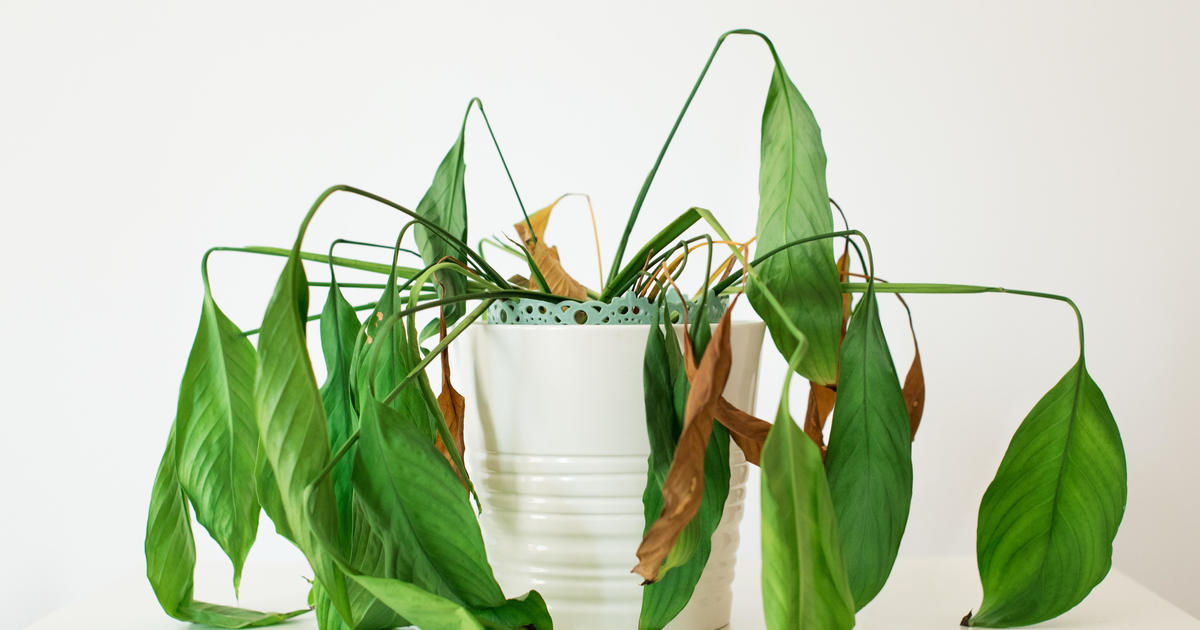Plant owners know just how difficult it can be to figure out what they need, especially when leaves start browning or wilting. But it turns out that plants may have been telling you all along. A new study found that when plants are stressed, they emit specific sounds that identify what’s wrong.
Previous studies had shown that plants vibrate when under stress, but for years, scientists have debated whether those vibrations become sound waves. By studying tomato and tobacco plants in an acoustic chamber inside a greenhouse, researchers at Tel Aviv University discovered that it’s true – plants cry out for help through airborne ultrasonic sounds.
“We found that plants usually emit sounds when they are under stress and that each plant and each type of stress is associated with a specific identifiable sound,” researchers said in a news release from the university. “While imperceptible to the human ear, the sounds emitted by plants can probably be heard by various animals, such as bats, mice, and insects.”
Human adults can only hear frequencies up to 16 kilohertz, researchers said, but ultrasonic microphones placed about 10 centimeters from each plant used in the study detected sounds at frequencies between 20 and 250 kilohertz. Those recordings were analyzed by special AI algorithms that could differentiate between plants and the types of sounds they were emitting.
And the more stressed plants were, the more they screamed.
“Unstressed plants emitted less than one sound per hour, on average,” researcher Lilach Hadany said, “while the stressed plants – both dehydrated and injured – emitted dozens of sounds every hour.”
They also found that after a certain peak of dehydration, the sounds would simply stop. Their findings were published in the journal Cell on Thursday.
“Our findings suggest that the world around us is full of plant sounds, and that these sounds contain information – for example about water scarcity or injury,” Hadany said. “We assume that in nature the sounds emitted by plants are detected by creatures nearby, such as bats, rodents, various insects, and possibly also other plants – that can hear the high frequencies and derive relevant information.”
But it’s not just small animals and insects that can use this information, but humans too, Hadany said. All they need is the “right tools – such as sensors that tell growers when plants need watering.”
This could prove particularly beneficial in the agriculture industry, as researchers noted in their publication that “more precise irrigation can save up to 50% of the water expenditure and increase the yield.” This ability could only get more important as climate change continues to increase the intensity and frequency of droughts and the world continues to grapple with food security issues.
“Apparently, an idyllic field of flowers can be a rather noisy place,” Hadany said. “It’s just that we can’t hear the sounds.”


